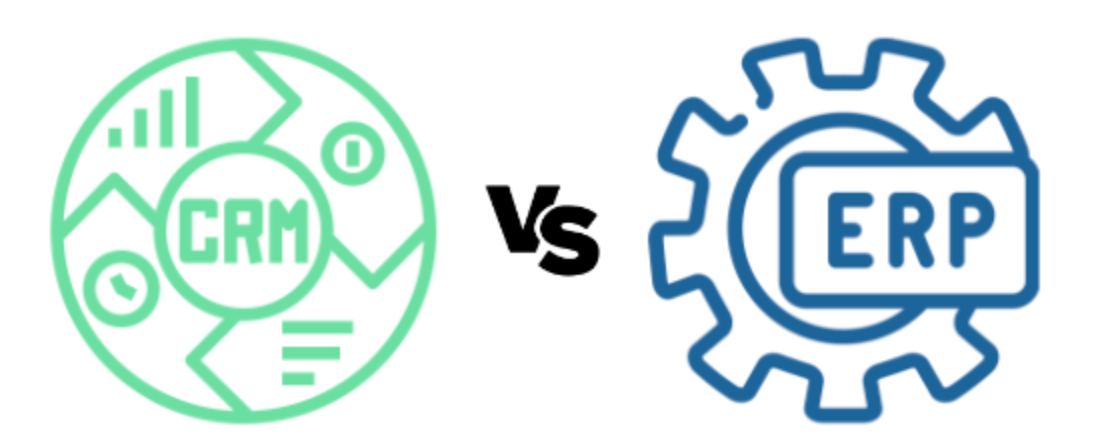Decoding CRM vs ERP: Understanding the Basics

In the dynamic landscape of modern business management, acronyms like CRM and ERP often take center stage. For many enterprises, these terms are more than just industry buzzwords; they represent integral solutions that can reshape how companies operate and thrive. In this blog post, we’ll delve into the fundamental concepts of CRM (Customer Relationship Management) and ERP (Enterprise Resource Planning) systems, laying the groundwork for a deeper understanding of their transformative power.
Understanding CRM: Nurturing Customer Connections
Customer Relationship Management (CRM) is a strategic approach that focuses on building and maintaining strong relationships with customers. At its core, CRM is about more than just managing customer data; it’s a comprehensive system designed to enhance interactions, improve customer satisfaction, and ultimately drive business growth. Key features of CRM include:
- Customer Data Management: Centralized storage of customer information, including contact details, purchase history, and communication preferences, facilitates personalized interactions.
- Sales and Lead Management: Streamlining the sales process, from lead generation to conversion, ensures that opportunities are maximized and revenue potential is realized.
- Customer Service Enhancement: CRM systems enable businesses to deliver exceptional customer service by providing a unified platform for issue resolution, feedback management, and support ticket tracking.
Decoding ERP: Integrating Resources for Operational Excellence
Enterprise Resource Planning (ERP) takes a broader organizational approach, integrating various business processes and functions into a unified system. ERP systems go beyond customer-focused activities to encompass the entire spectrum of operations within an organization. The fundamental aspects of ERP include:
- Integrated Data: ERP systems connect different departments and functions, ensuring that information flows seamlessly across the organization. This integration enhances collaboration and reduces data silos.
- Resource Optimization: From finance and human resources to manufacturing and supply chain management, ERP optimizes the allocation and utilization of resources, fostering efficiency and cost-effectiveness.
- Process Automation: Automation of routine tasks and processes eliminates manual errors and accelerates workflows, allowing employees to focus on strategic initiatives.
Conclusion
At TurningPoint Systems, we understand that the synergy between CRM and ERP is where true business optimization lies. While CRM focuses on customer-centric processes, ERP takes a holistic approach to streamline internal operations. Together, they form a powerful duo that propels organizations toward operational excellence, enhanced customer satisfaction, and sustainable growth. Schedule a demo to learn more about TurningPoint Systems CRM and ERP solutions.
Share at